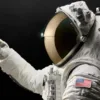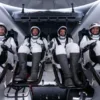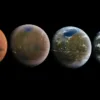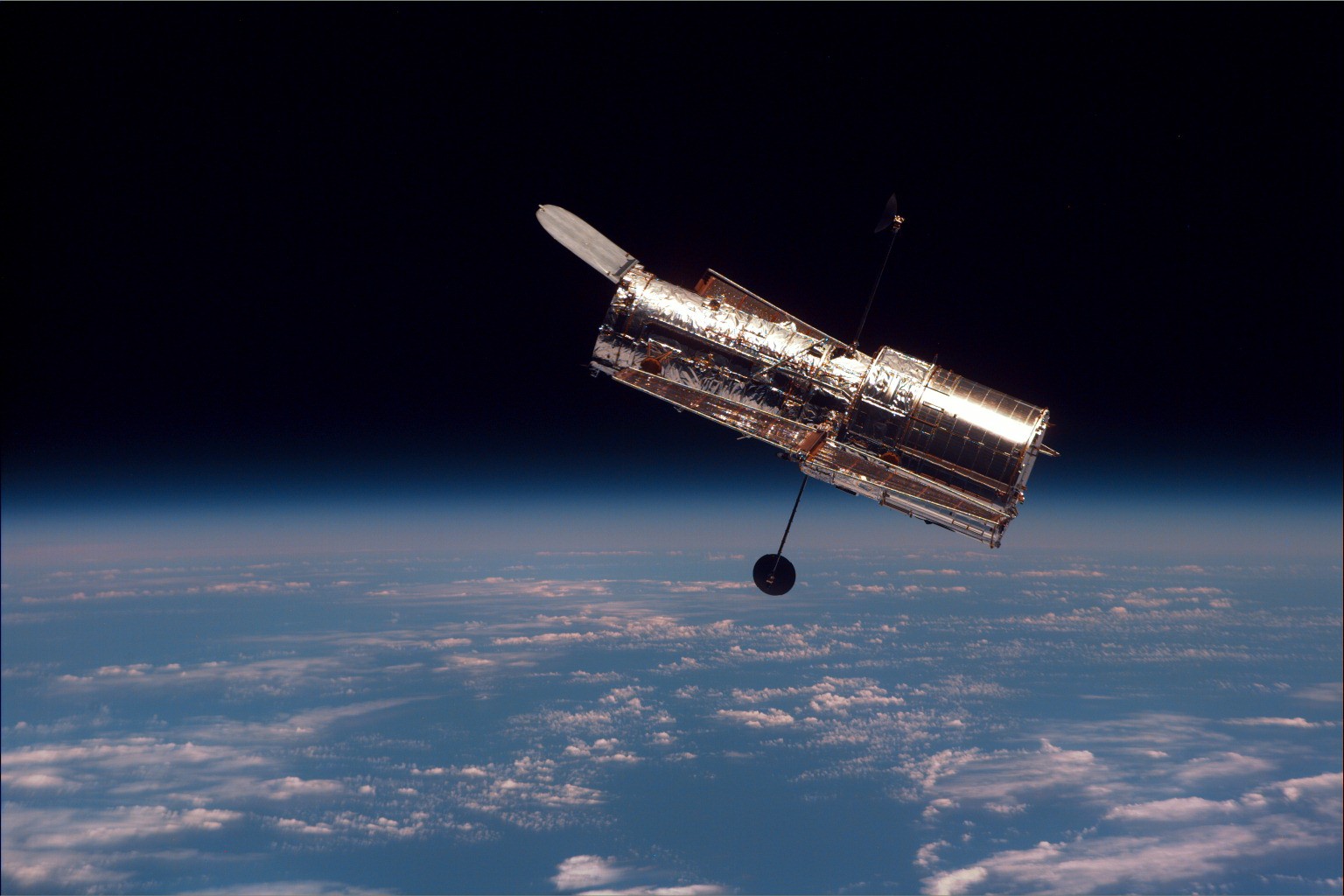The Hubble Space Telescope celebrates 25 years. Since it was put into Earth's orbit a quarter of a century ago, it has greatly changed our view of space. The venerable jubilee, which will be celebrated in 60 places in Europe alone, is an opportunity to take a look at what the famous telescope has contributed. He certainly had a hand in many astronomical discoveries, including helping to figure out the size and age of the universe, which is why it originally came into being.
The Hubble Space Telescope, which got its name To Edwin Powell Hubble, today one of the most important cosmologists of the 20th century, has been circling over our heads continuously for 25 years (from in 1990). During this time, he helped us discover not only the size and age of the universe, but also to understand the evolution of stars, their path from birth to death, with it they discovered the "birthplaces" of stars, gave us the first image of an exoplanet, connected black holes and quasars, detected nascent planetary systems, helped crack the nut of the effects of dark energy, understand what is the distribution of dark matter, what is going on in general in our "neighborhood" and we could go on and on.
READ MORE: The most accurate map of the universe
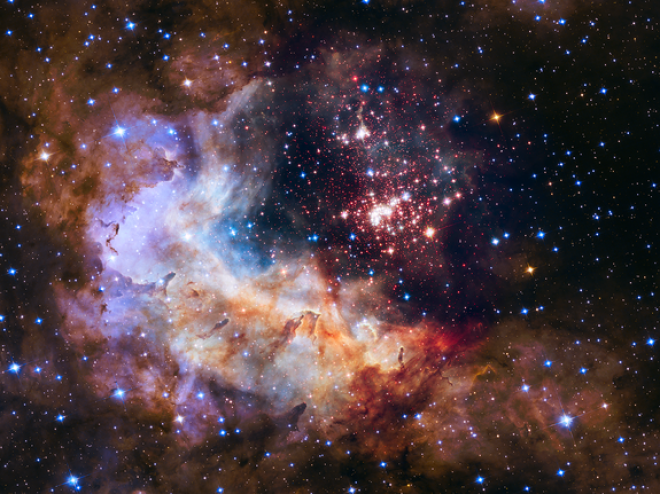
As big as a bus (13.2 m) and 11 tons heavy the telescope is located 552 kilometers above us, where it travels at a speed 28 thousand km/h. This means that the Earth goes around everyone 97 minutes. He sends us 120 GB of scientific data every day and continues to help us understand many problems in astrophysics with his "hawk" eye.
On this day (April 24, 1990), 25 years ago, it was placed in orbit around the Earth by a retired rocket plane. Discovery, and the Hubble telescope entered orbit itself a day later (25.4.1990). I probably would have ended up there earlier if I hadn't been stuck with money for years, and the postponement to a later date also helped the Challenger disaster. Postpartum spasms appeared soon after the paving, because it is main mirror delivered blurry images. All the rest since 1993, when they fixed it, it's history. Namely, Hubble is considered to be the most productive scientific instrument in history, so it's no wonder NASA called it the greatest advance in astronomy according to Galileo's telescope. And although it is known as a truly venerable jubilee, even today it is rarely surpassed by any scientific instrument. They can observe planets and moons better only spacecraft, which visited the bodies, but Hubble surpasses them due to the periodicity and length of observation, because this can offer a much deeper insight into the whole process.
